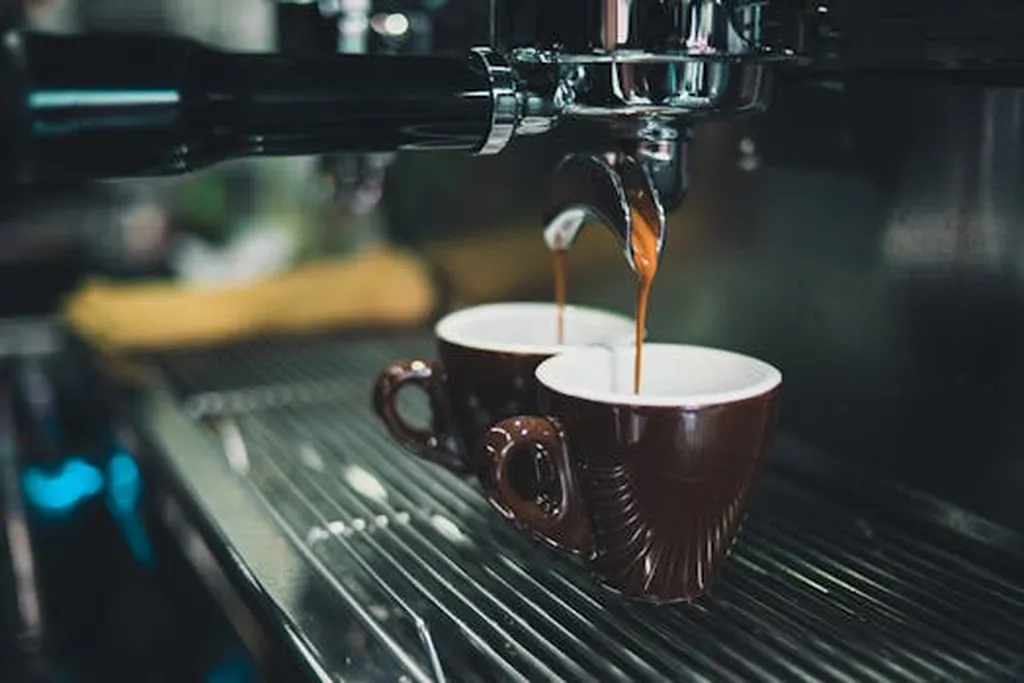In the ever-evolving landscape of precision agriculture, a recent study published in the journal *Drones* has shed light on the potential of integrating machine learning (ML) techniques with unmanned aerial vehicle (UAV) imagery to revolutionize coffee yield prediction. The research, led by Sthéfany Airane dos Santos Silva from the Empresa de Pesquisa Agropecuária de Minas Gerais, explores the synergy between field data and UAV-derived spectral data, offering promising insights for the agriculture sector.
The study, conducted over two crop seasons in a 1.2-hectare experimental plot in southeastern Brazil, evaluated the performance of various ML algorithms in predicting Arabica coffee yields. The research team tested three modeling scenarios using algorithms such as Random Forest, Gradient Boosting, K-Nearest Neighbors (KNN), Multilayer Perceptron, and Decision Tree. The results varied significantly across seasons and scenarios, highlighting the complexities involved in yield prediction.
One of the key findings was that KNN performed best with raw data, while Gradient Boosting showed more stability after variable selection and synthetic data augmentation with SMOTE (Synthetic Minority Over-sampling Technique). However, the study also identified several challenges, including small sample size, seasonal variability, and overfitting, particularly with synthetic data.
“While the results are promising, we must acknowledge the limitations and challenges that come with integrating UAV-derived spectral data with machine learning,” said lead author Sthéfany Airane dos Santos Silva. “Careful consideration of variable selection and phenological context is crucial for improving the accuracy and reliability of yield predictions.”
The commercial implications of this research are substantial. Accurate yield prediction can help farmers make informed decisions about resource allocation, harvesting schedules, and market strategies. For the coffee industry, which is highly sensitive to market fluctuations and climate changes, such predictive tools can be a game-changer. By leveraging UAV imagery and ML algorithms, farmers can optimize their operations, reduce costs, and enhance productivity.
The study also opens up new avenues for future research. As ML algorithms and UAV technologies continue to advance, the integration of these tools with other data sources, such as satellite imagery and ground-based sensors, could further improve yield prediction models. Additionally, addressing the challenges of small sample sizes and seasonal variability will be critical for developing more robust and reliable predictive models.
In the broader context, this research underscores the importance of interdisciplinary approaches in agriculture. By combining expertise from agronomy, remote sensing, and data science, we can develop innovative solutions that address the pressing challenges faced by the agriculture sector. As the world grapples with climate change and food security issues, such advancements in precision agriculture will be instrumental in shaping a sustainable future.
The study, published in *Drones*, represents a significant step forward in the integration of UAV imagery and machine learning for yield prediction. As the agriculture sector continues to embrace digital technologies, the findings from this research will undoubtedly pave the way for more efficient and sustainable farming practices.

